✓ Joining us on our Whatsapp Channel: 💬 Explore and Escape!.
Booking through us:
✓ 🏩 🛌 Handpicked Luxury Stays in Budget: Booking.com | Agoda.com
✓ 🍹⛱️ Deals on Private xfers, SIM Cards, City tours, Day trips : 📍🗺️ GetYourGuide | 🛵🧳 Klook
There are an array of things to do in Japan, with Okaya sharing quite a few of those!
Nestled amidst the picturesque Japanese Alps lies a city waiting to be explored – Okaya.
This hidden gem offers a plethora of activities for adventure seekers, culture enthusiasts, and nature lovers alike.
From scaling scenic mountain peaks to immersing yourself in ancient Shinto shrines, Okaya is a destination that promises to leave you captivated and inspired.
Without further ado listed below are some of the most fun things to do in Okaya:
1. Lake Suwa
Lake Suwa is the largest lake in Japan’s Nagano Prefecture. It is located in the city of Suwa and Okaya.
What to see or do: Visitors can enjoy scenic boat rides on the calm waters of Lake Suwa. The lake area is surrounded by lush forested hills, creating a beautiful natural setting.
The yearly Midsummer Night Fireworks Festival is an impressive sight for visitors. The Suwa Taisha shrine, located near the lake, has a rich history and is worth a visit.
Don’t miss: The Onbashira festival, which happens every 6 years where people ride logs down the steep hillsides of Suwa Taisha. Also, the Shinto Nagano Prefecture shrine buildings, unique to this prefecture, present a fascinating traditional architecture style.
Insider travel tips: You can take a walk around the lake to experience the breathtaking natural scenery. On a clear day, you can catch clear views of Mount Fuji, as well as the Northern Alps.
The local dish is Oyaki, a type of steamed bun filled with various types of vegetables and sweets.
2. Suwa Taisha Shrine
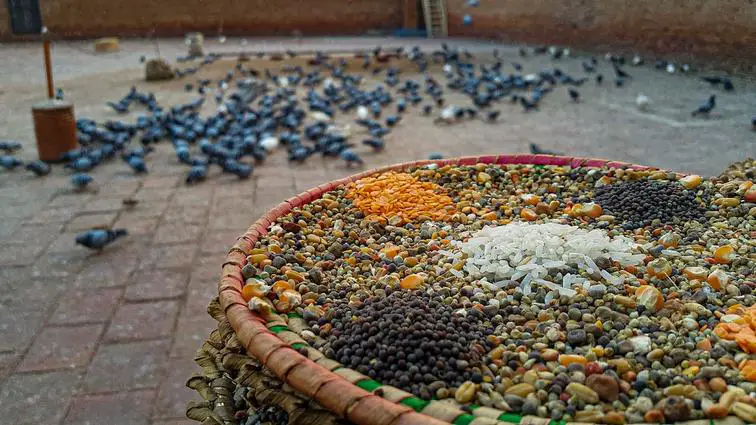
Suwa Taisha Shrine is a complex of four shrines nestled around the shores of Lake Suwa, in the town of Suwa, Nagano Prefecture, Japan.
What to see or do: Visitors can explore the sprawling shrine complex and admire its impressive architecture and natural surroundings. The main shrine, Kamisha, features an imposing wooden gate and a honden (main hall) that dates back to 1680.
The nearby Harumiya Shrine is known for its unique arched bridge and tranquil pond, while the Akimiya Shrine and Maemiya Shrine are both set in picturesque forest settings.
Don’t miss: If you’re visiting the shrine in late April or early May, be sure to check out the annual Onbashira Festival, which involves the daring tradition of transporting massive logs down from the surrounding mountains to the shrines.
Insider travel tips: To get the most out of your visit, consider hiring a local guide who can provide insight into the shrine’s history and significance.
If you’re feeling adventurous, take a hike along the nearby Suwa Lake Trail, which offers stunning views of the lake and surrounding mountains.
Finally, sample some of the local cuisine, such as soba noodles or hoto (a hearty stew made with udon noodles and vegetables) at one of the many restaurants in the area.
3. Okaya Silk Museum
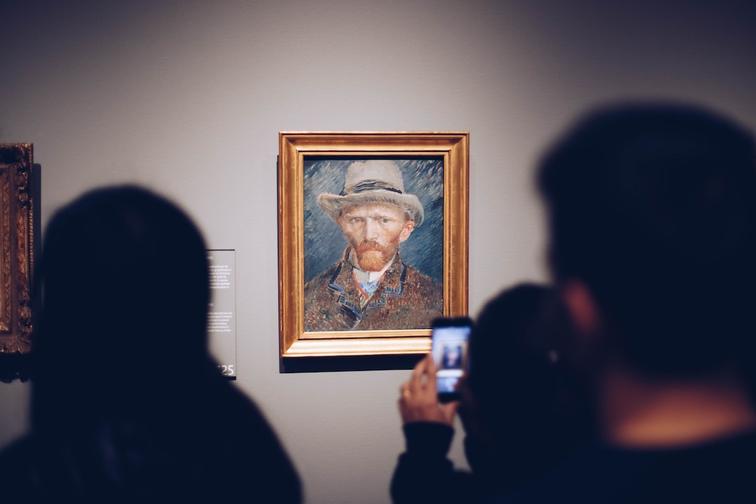
A museum dedicated to silk, showcasing the history, production process, and cultural significance of silk in Japan.
What to see or do: – Explore the various exhibits that showcase the different stages of silk production, from silkworm rearing to weaving.
Don’t miss: – The stunning display of silk kimonos and obis, some of which date back to the Edo period (1603-1868).
Insider travel tips: – The museum is closed on Mondays and during the New Year’s holidays (Dec 29-Jan 3).
4. Yakuo-ji Temple
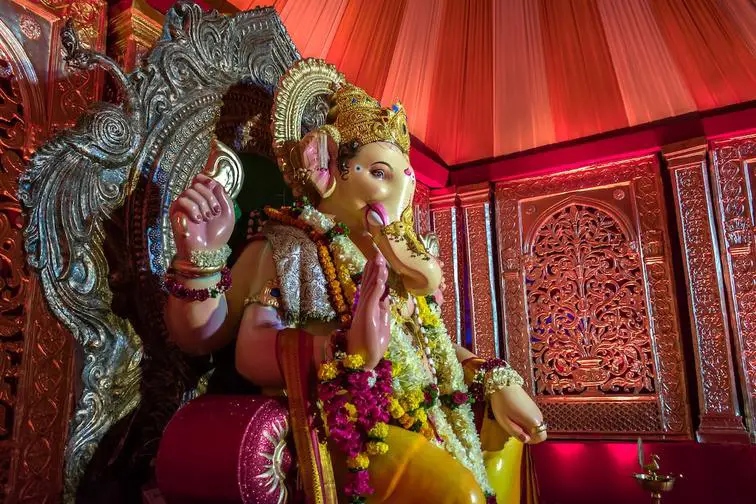
Yakuo-ji Temple is a serene Buddhist temple nestled in the mountains of Okaya, Japan.
What to see or do: Visitors can explore the beautiful temple grounds, which include a main hall and a pagoda. The temple is also home to a museum that showcases the history and artifacts of Yakuo-ji.
Don’t miss: Take a stroll through the temple’s forested surroundings and enjoy the tranquil atmosphere. Be sure to also check out the stunning views of the surrounding mountains and valleys from the temple grounds.
Insider travel tips: – Visit during the autumn season to experience the stunning foliage that surrounds the temple.
5. Hachiman-jinja Shrine
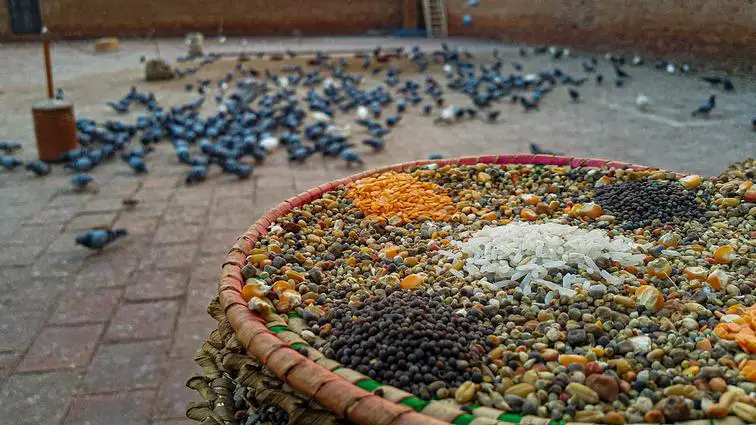
A Shinto shrine located in Okaya city, Nagano prefecture, Japan.
What to see or do: Admire the shrine’s traditional Japanese architecture that dates back to the 16th century. Take a walk around the beautiful gardens and enjoy the tranquil atmosphere.
During festivals, witness the shrine’s impressive ceremonies and performances.
Don’t miss: The annual Okaya Hachiman Festival held in May, where the shrine is decorated with colorful banners and visitors can enjoy traditional Japanese dance and music performances.
Insider travel tips: Visit the shrine early in the morning to avoid the crowds, and wear comfortable shoes as the grounds can be quite expansive.
Bring insect repellent during summer months. Don’t forget to try the local specialty, soba noodles, at one of the nearby restaurants.
6. Takashima Castle
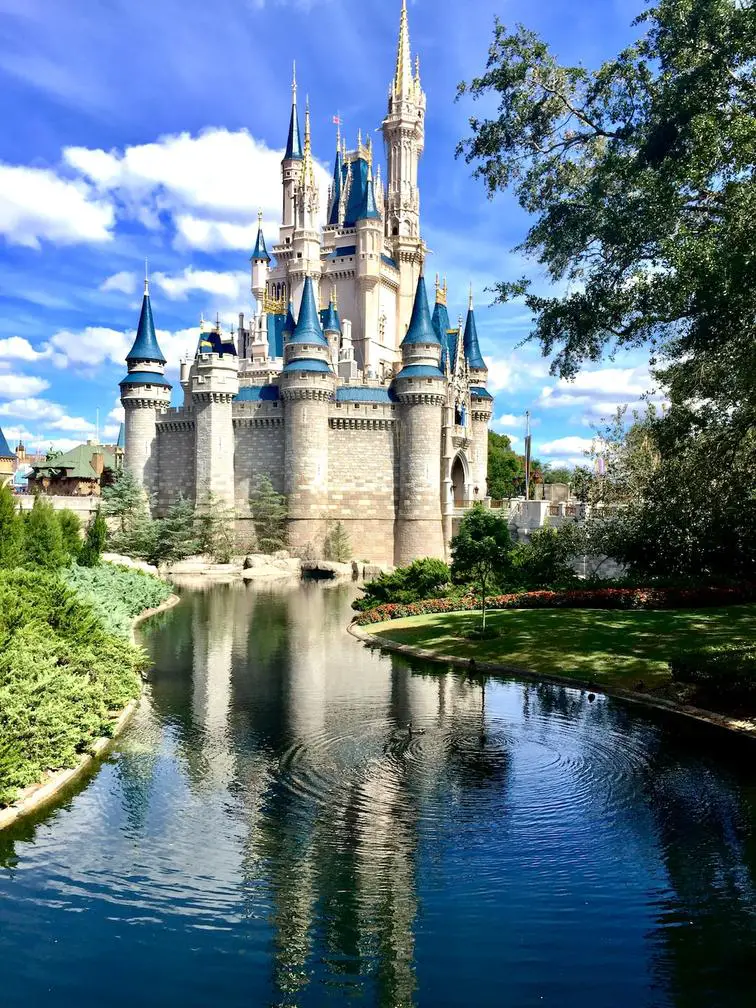
Takashima Castle, also known as Suwajō Takashima or Shinano Takashima Castle, is a historic Japanese castle located in Okaya, Nagano Prefecture.
What to see or do: Visitors can explore the castle grounds, including the restored main keep and other remaining buildings, as well as walk along the castle’s stone walls and enjoy the view of the nearby lake.
Don’t miss: The expansive view of Suwa Lake from the castle’s stone walls is not to be missed. Additionally, the castle is known for its cherry blossoms in the spring, which attract many visitors.
Insider travel tips: To fully appreciate the castle’s history and significance, consider hiring a local guide or joining a tour.
It’s also recommended to visit during the week to avoid crowds, and wear comfortable shoes as there are many stairs and uneven surfaces.
7. Omiyage Kaido Street
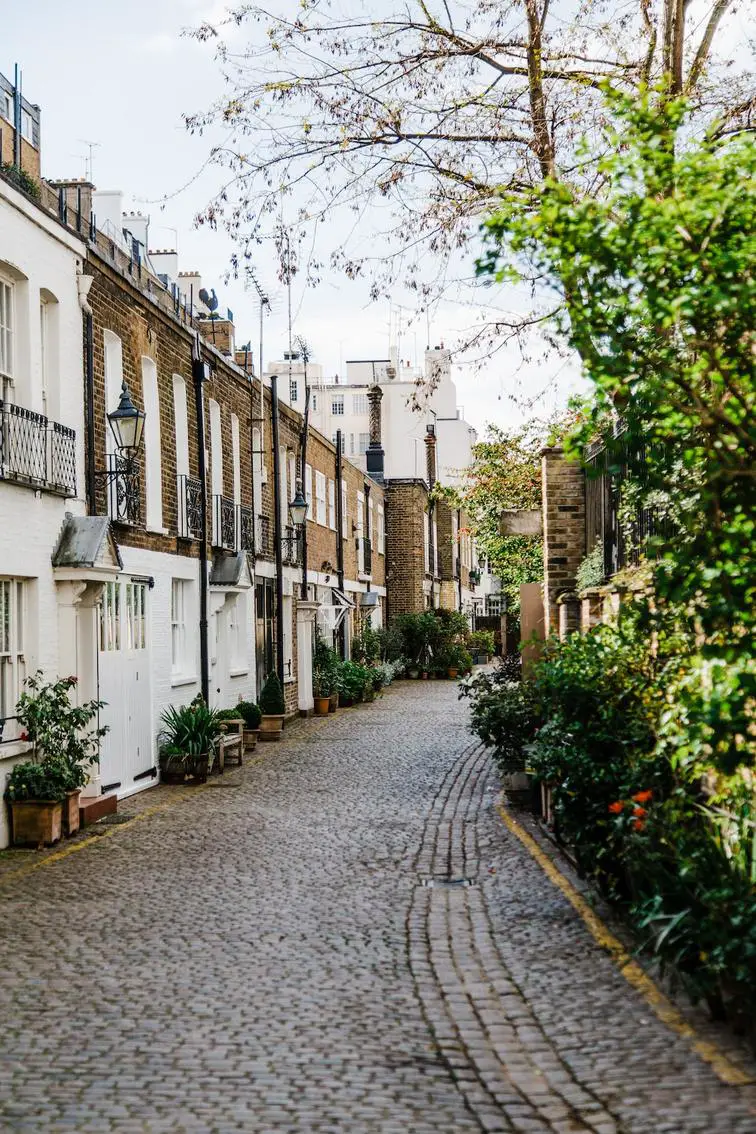
Omiyage Kaido Street is a popular shopping street in Okaya, Japan, known for its variety of souvenir shops.
What to see or do: Stroll along the street, visit the souvenir shops, and browse through the unique gifts and mementos on offer. You’ll find everything from traditional Japanese sweets and snacks to handmade crafts and local specialty goods.
Don’t miss: There are many specialty shops to explore, but don’t miss the chance to sample some of the delicious local treats like tategami senbei (rice cakes with edible designs) or oyaki (a dumpling filled with vegetables and miso).
Insider travel tips: When you’re browsing the souvenir shops, keep an eye out for the special Omiyage Kaido stamp, which can be found on products that meet certain standards for quality and authenticity.
And if you’re a fan of green tea, be sure to try the local Manpuku-cha tea from the Yabukita tea plant.
8. Hananoiwaya Shrine
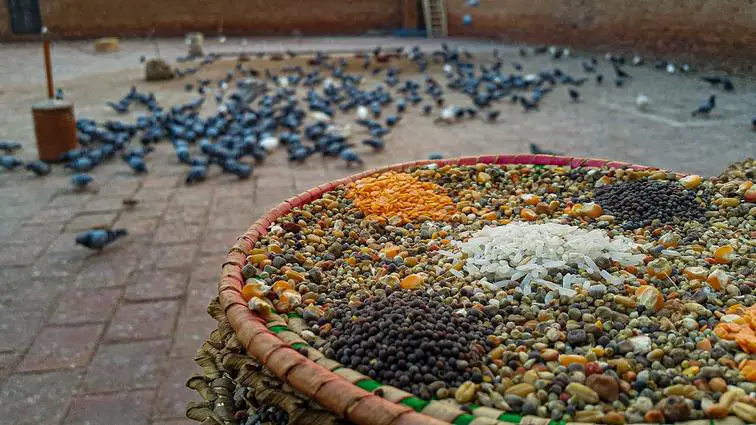
Hananoiwaya Shrine is a Shinto shrine located in Okaya, Nagano Prefecture, Japan.
What to see or do: The shrine is nestled in a serene forested area and has a beautiful wooden bridge leading to a stone stairway that takes visitors to the main shrine building.
The natural surroundings are breathtaking and the scenery is especially stunning in autumn. You can also purchase omamori (charms) and ema (wooden wishing plaques) at the shrine.
Don’t miss: The highlight of this shrine is the unusual rock formation located right in front of the main building.
This balancing rock, called “Meoto Iwa,” is said to be a symbol of a married couple and it is considered a power spot for good luck in love and relationships.
Insider travel tips: If you are visiting during the fall season, be sure to bring a warm jacket as the temperature can drop significantly in the forested area.
Also, it is recommended to arrive early in the day to avoid the crowds. If you have time, explore the nearby Lake Suwa and the Suwa Taisha Shrine complex.
9. Okaya City Folk Museum
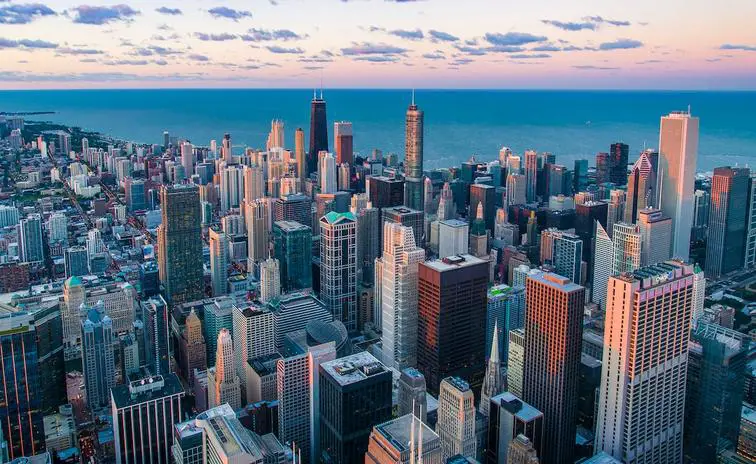
Okaya City Folk Museum is a small museum that showcases the history and culture of Okaya City in Nagano Prefecture, Japan.
What to see or do: Visitors can see various exhibits, including traditional Japanese clothing, tools, household items, and farming equipment. There are also displays on local industries such as silk production and charcoal making.
Don’t miss: Don’t miss the exhibit on the Yatsugatake mountain range, which includes a stunning diorama of the area. There is also a reconstructed traditional Japanese house that visitors can enter and explore.
Insider travel tips: The museum is closed on Mondays and during the New Year’s holiday period.
10. Shokoji Temple
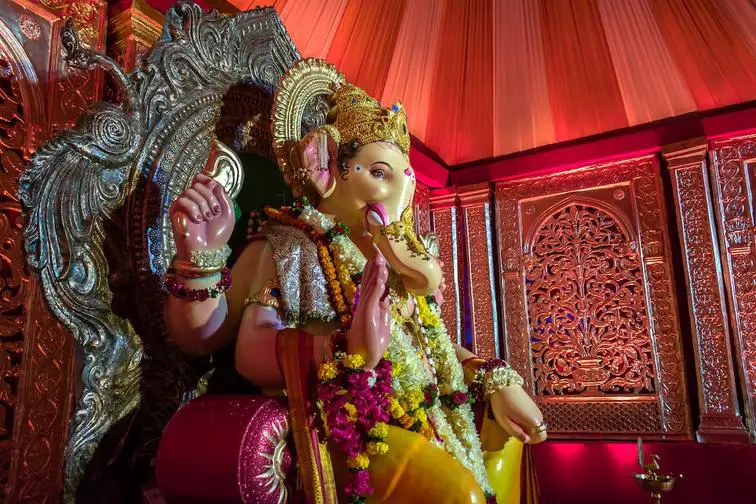
Shokoji Temple is a historic Buddhist temple located in Okaya City, Nagano Prefecture, Japan.
What to see or do: Visitors can explore the stunningly beautiful temple complex, which features traditional Japanese architecture, serene gardens, and a tranquil atmosphere. The temple also has a museum with displays of treasured Buddhist artifacts.
Don’t miss: Be sure to check out the temple’s iconic five-story pagoda, which is a striking example of traditional Japanese architecture.
Also, take a stroll through the temple’s stunning gardens, which feature stone paths, a pond, and a variety of plants and trees.
Insider travel tips: – Visit in autumn to see the leaves turn brilliant shades of red, orange, and yellow.
11. Kitayama Park
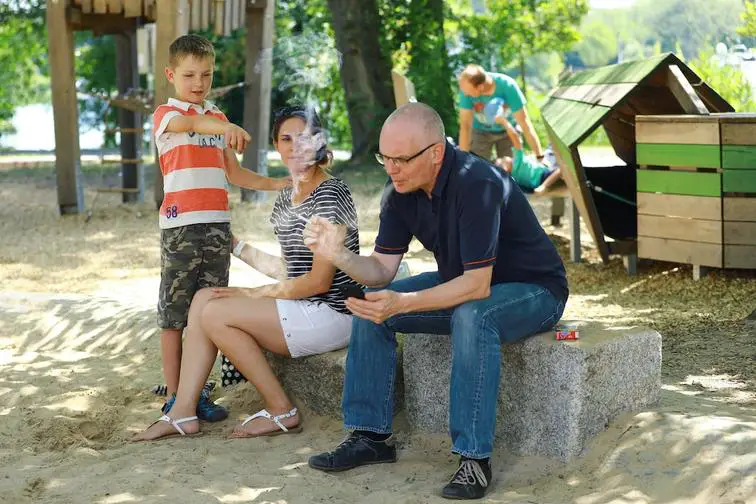
A large park located in Okaya, Japan.
What to see or do: The park offers a variety of activities, including walking trails, playgrounds, a baseball field, and a large pond where you can rent paddle boats.
Also, don’t miss the seasonal cherry blossoms in the spring and stunning fall foliage in autumn.
Don’t miss: The observation deck at the top of the hill provides panoramic views of Okaya and the surrounding mountains. Additionally, there is a shrine located within the park for those interested in Japanese culture and history.
Insider travel tips: Bring a picnic to enjoy near the pond, or purchase local snacks from vendors located throughout the park. If you’re visiting during the summer, bring sunscreen and a hat as the park can get quite sunny.
It’s also worth checking the park’s website before visiting as they often host special events and festivals throughout the year.
12. Bunbu Gakuen Memorial Hall
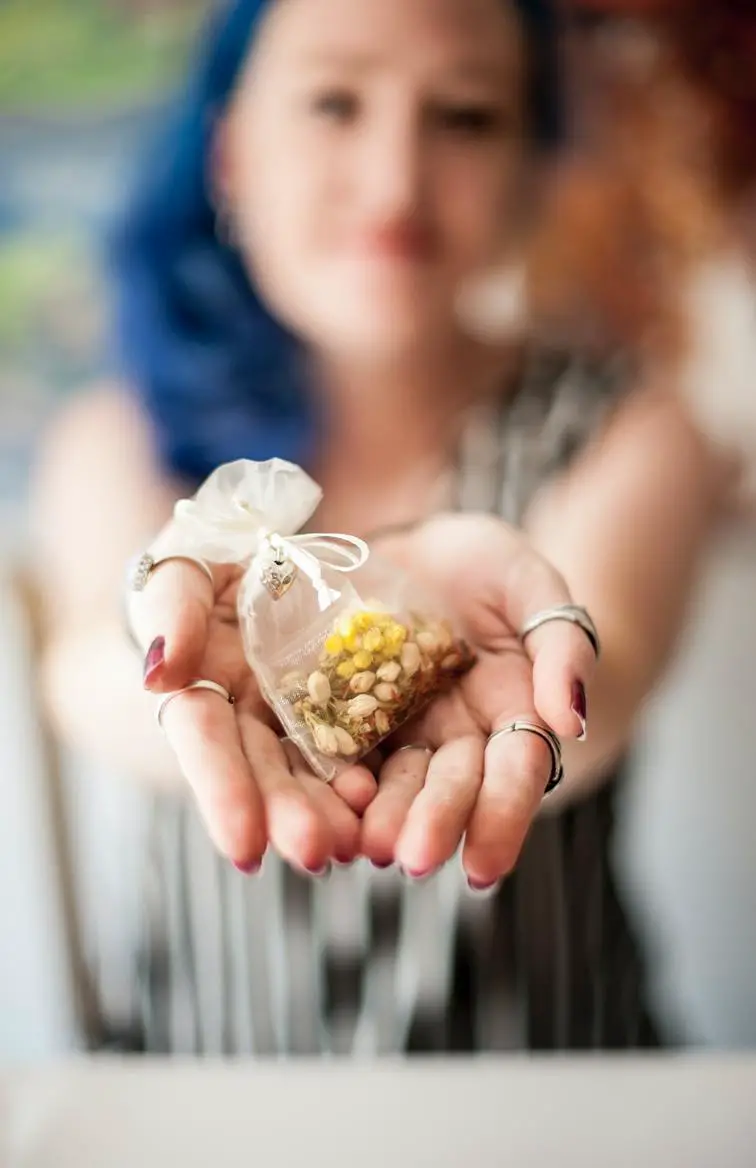
A museum dedicated to the history of Okaya’s Bunbu Gakuen, a unique educational institution founded in 1876 that aimed to provide both academic and military training.
What to see or do: Explore the displays on the history of Bunbu Gakuen, including artifacts such as student uniforms, weapons, and classroom equipment. Learn about the school’s philosophy of blending intellectual and martial education.
Don’t miss: The impressive collection of firearms used by graduates of the Bunbu Gakuen.
Insider travel tips: Check the museum’s website before visiting, as it occasionally hosts special events and exhibits. If you’re interested in Japanese history or education, this museum is definitely worth a visit.
13. Okaya City Museum of History and Folklore
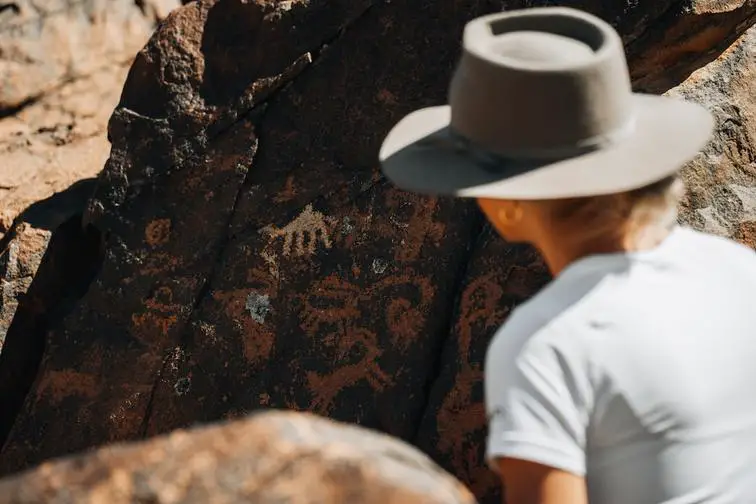
The Okaya City Museum of History and Folklore is a local museum that showcases the history and cultural heritage of Okaya City, located in Nagano Prefecture, Japan.
What to see or do: The museum has a variety of exhibits that highlight the unique traditions and customs of the Okaya community. Visitors can see artifacts and tools used by local artisans, as well as traditional clothing and textiles.
There are also displays on local festivals and religious traditions that have been celebrated in the region for centuries.
Don’t miss: One of the most popular exhibits is a replica of a traditional Japanese house, complete with a working kitchen and living area.
Visitors can step inside and get a sense of what life was like for people in Okaya in the past.
Insider travel tips: The museum is located near the center of Okaya, and can be reached by bus or train.
Visitors should plan to spend at least an hour exploring the exhibits and learning about the history and culture of this fascinating city.
It’s also worth checking the museum’s website to see if there are any special events or exhibitions taking place during your visit.
14. Ogahara Park
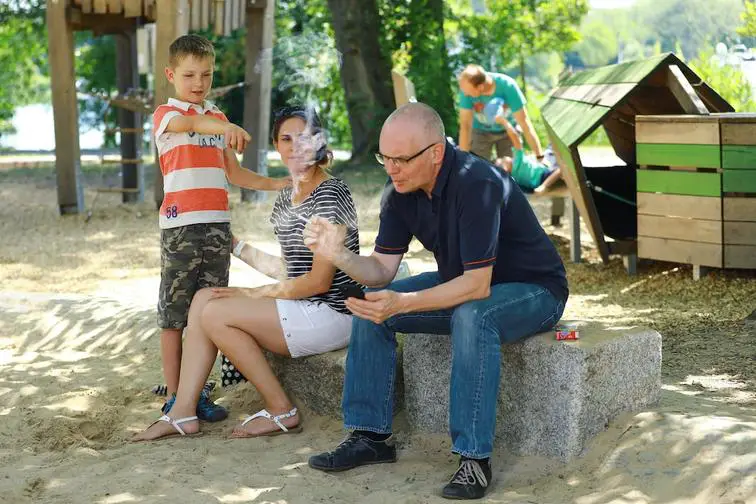
A picturesque park located in Okaya, Japan featuring a variety of unique flora and fauna species.
What to see or do: Take a leisurely stroll around the park’s beautiful trails, admire the blooming cherry blossom trees in spring, and observe the impressive collection of bird species.
Don’t miss: The magnificent view of the Southern Alps from the park’s observation deck, as well as the tranquil pond filled with koi fish.
Insider travel tips: Visit the park early in the morning to avoid crowds and to experience the peacefulness of the park. Don’t forget to bring a camera to capture the stunning nature scenery.
15. Bacho Plateau
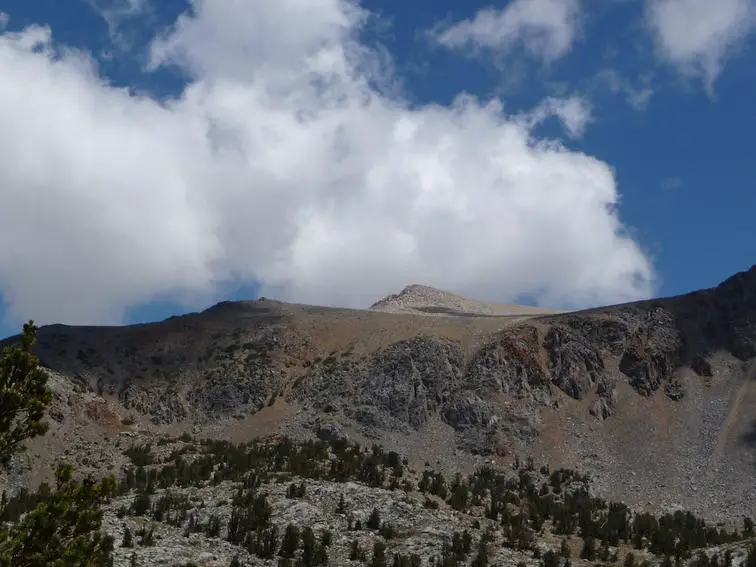
Bacho Plateau is a picturesque mountainous area located in Okaya, a city in the Nagano Prefecture of Japan.
What to see or do: Visitors can experience the stunning beauty of nature here, with scenic views of mountains and forests. The plateau offers excellent hiking trails, biking routes, and bird watching spots.
Don’t miss: The famous Kogenji Temple, which is located on the plateau, is a must-visit attraction as it offers an insight into the history and culture of the region.
Insider travel tips: It’s advisable to visit Bacho Plateau during early summer when the alpine flowers are in full bloom and the weather is pleasant.
It’s also recommended to pack light but warm clothing, as the temperature can get chilly in the evenings.